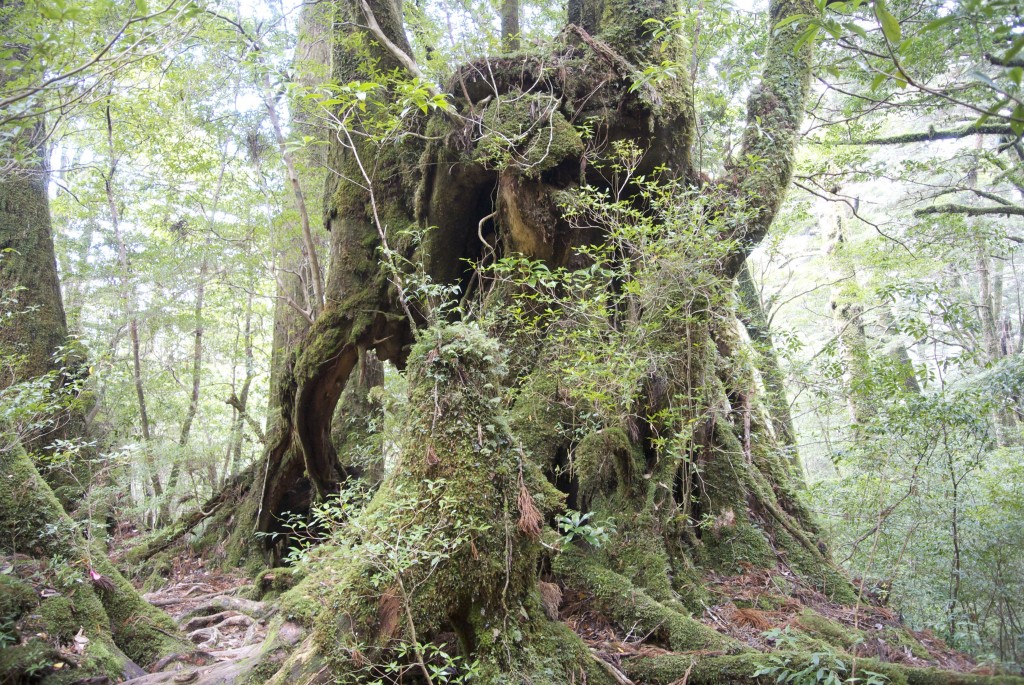
Yakusugi (cedars) are over 1000 years old
Yakushima is an island 60 kilometers south of Kyushu, most of which is registered as a World Heritage Site on account of its primeval forest featuring giant cedars, known as Yakusugi. These magnificent giants are literally thousands of years old; the acknowledged star – the Jomon sugi – is thought to be roughly 7000 years old.
With its mountains and flourishing greenery, Yakushima is just the kind of place you’d imagine to be prime Shinto territory. Nowhere else is the gift of fresh flowing water so readily apparent, for it’s said to rain here 35 days a month. Water cascades down the unusually steep mountainsides with an energising life force.
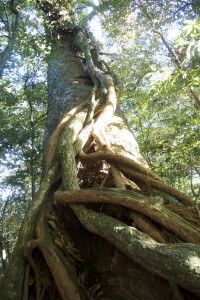
Gnarled, twisted, magnificent
As in Niigata and Nagano, I’d expected to find shrines round every corner, celebrating each copse and sacred rock. Yet on a bus ride round most of the island, all I could see were three or four humdrum shrines. Even Yaku Jinja, the island’s premier shrine, has a desolate air with no one in attendance.
Puzzled, I asked someone at the Environmental Culture Village Center about the apparent lack of interest, and they gave me to understand that the island had for long been dominated by Buddhism. When it came to Meiji times and the promotion of Shinto by the state, the authorities were hard pressed to enforce the new religion.
Interwoven with the island’s Buddhism was an age-old folklore. Like other mountain-islands, the mist-covered peaks must have been viewed as a sacred abode of the kami, and pilgrimages are still made twice a year to give homage to the deity of the island’s highest mountain, Miyanoura. Ebisu, guardian of fishermen, played a vital role in the life of the coast-hugging villages.
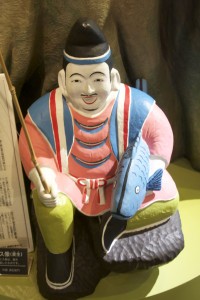
Ebisu, guardian of fishermen
Yakushima’s ancient cedars, gnarled, twisted and magnificent, are awe-inspiring monsters which have a brooding sense of presence, and the idea of them being spirits was brilliantly visualised in Miyazaki’s animated film Princess Mononoke. Host to numerous parasites, they often support different types of tree which spring improbably out of their sides or from their very top,
That Buddhism should have flourished on an island of such striking natural phenomena should come as no surprise, for in its way it’s as much a nature religion as Shinto. Curiously enough, I was reminded of this during my journey to Yakushima by reading Journey in Ladakh, by Andrew Harvey. The book is as much an exploration of Tibetan Buddhism as of a geographical space, and the writing is superb.
Some of the most enthralling passages have to do with becoming one with nature – and with one’s buddha-nature. Harvey manages to wax poetic about the spiritual beauty of Ladakh’s bare mountains; I couldn’t help wonder what the author would have done with the breath-taking contortions of Yakushima’s phantasmogoria!
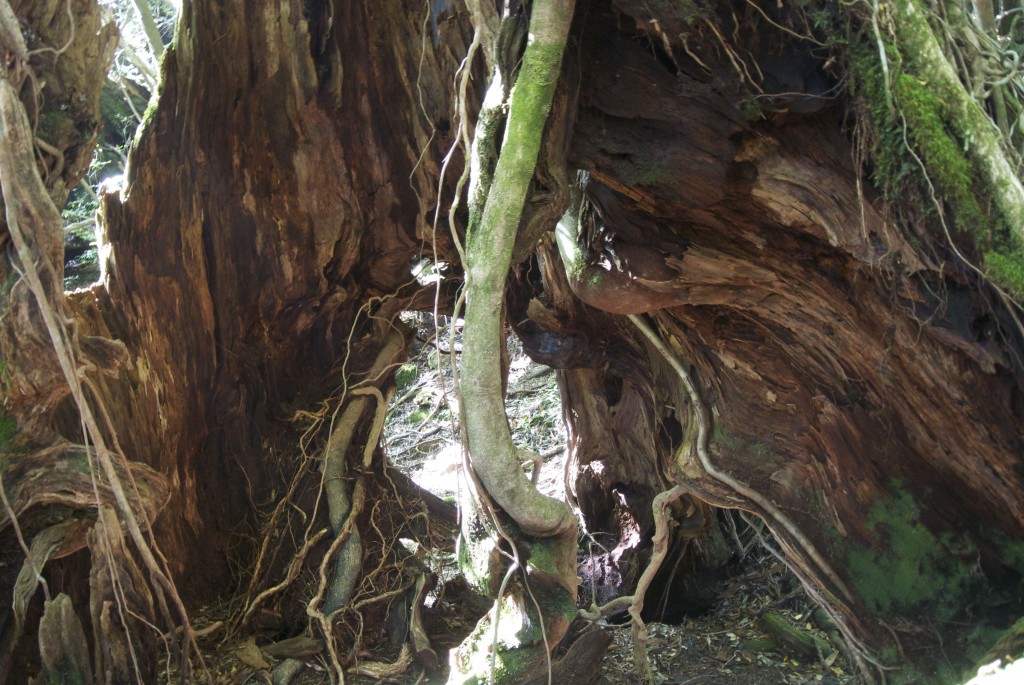
Yakushima's forests throw up intriguing shapes and anomalies
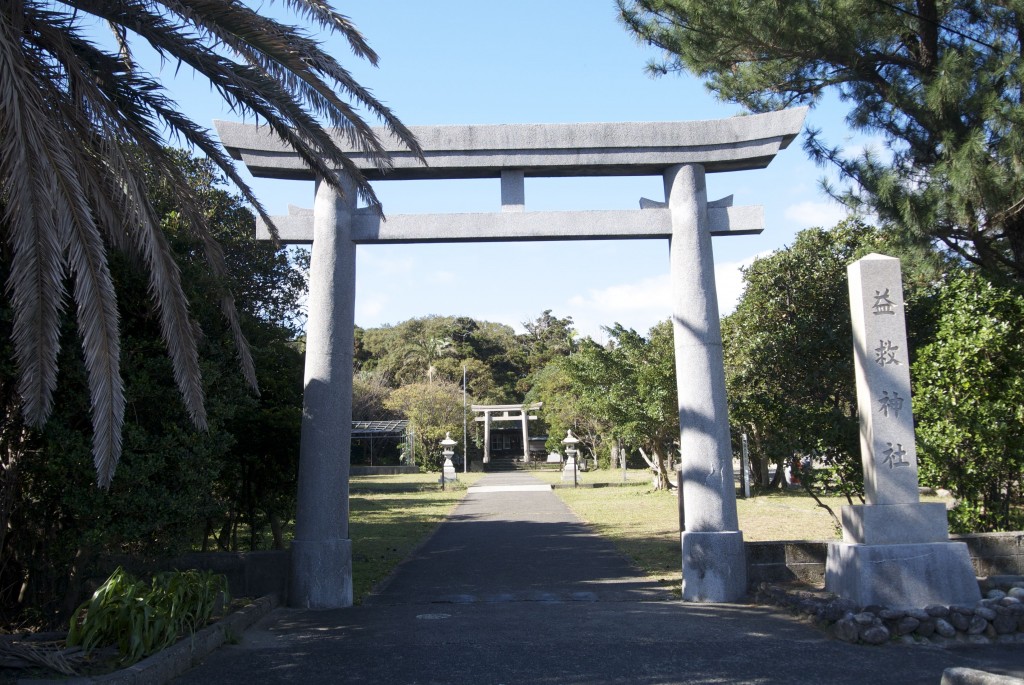
Yaku Jinja, the island's premier shrine, with no one in attendance and the shrine office shut
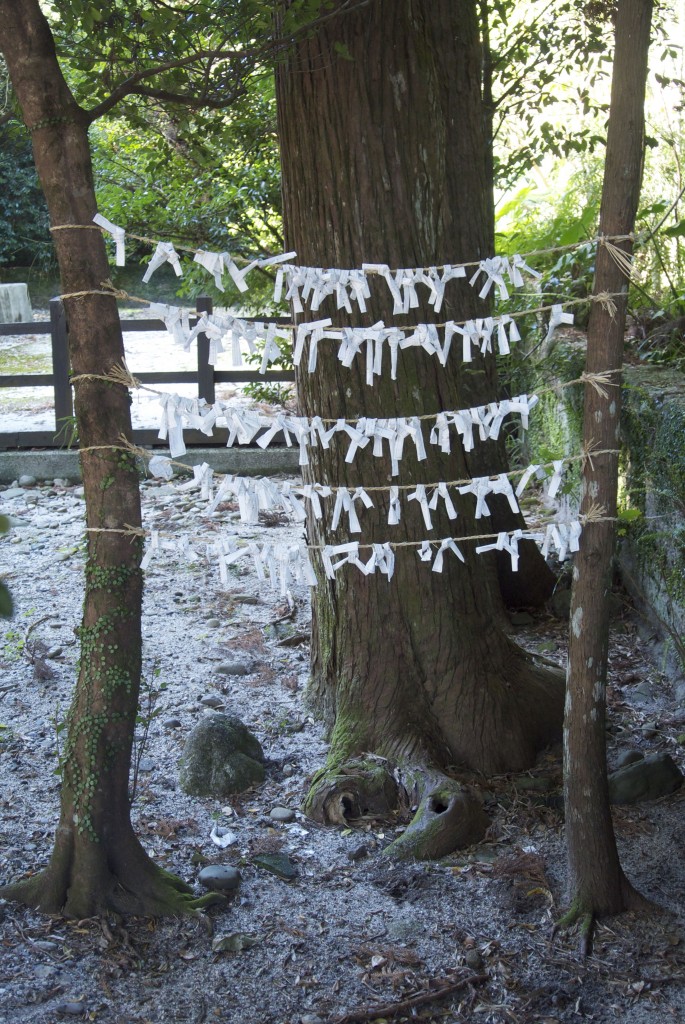
Fortune slips at Yaku Jinja tied between two trees - how they were done originally?
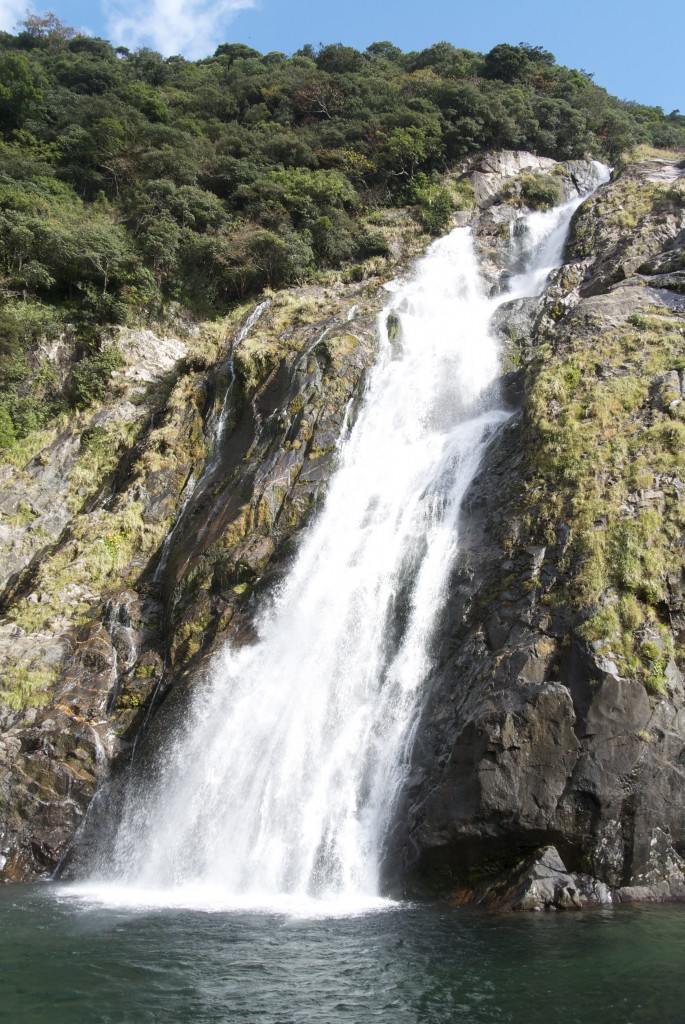
Senpiro waterfall, in the south of the island. Water seems to flow everywhere in Yakushima, fostering the luxuriant vegetation
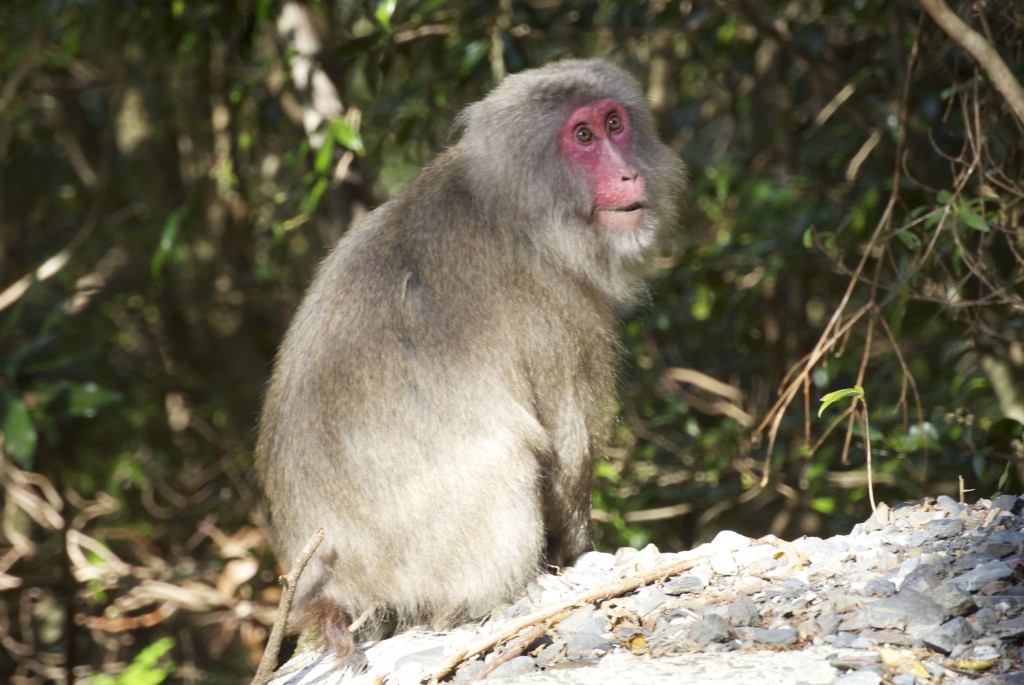
The hiking on Yakushima can be pretty tough, but the Yaku monkeys seem to take it in their stride

Thank you very much for this! Very nice indeed. I certainly want to visit Yakushima one day and will definitely read the book by Andrew Harvey on Ladakh.